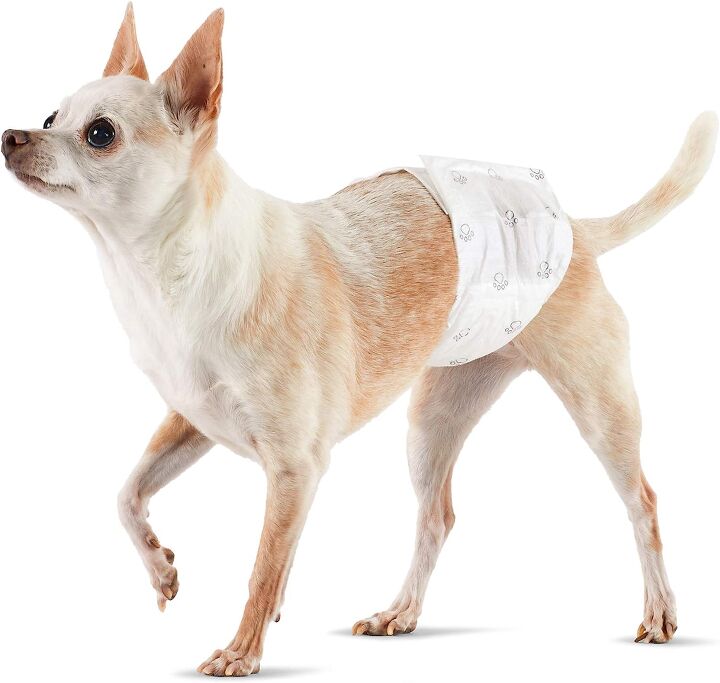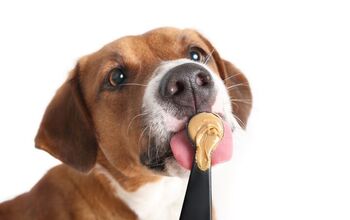How Can I Prevent My Male Dog From Marking Territory With Urine?

Dogs can be quite territorial at times, which shouldn’t come as a surprise, seeing how they’re fiercely loyal to their families – and by extension, their homes. But sometimes, in an effort to guard that home and territory, male dogs will often “mark” it with their urine.
Needless to say, no one likes getting random whiffs of pee stench around their backyard or even their home, so this canine instinct can be quite a nuisance. It’s not because your dog doesn’t know where he’s supposed to pee – it is just that the urge to mark their territory can be stronger than anything they’ve learned. So, is there a way to fix this irritating habit? Read on to learn how you can solve the issue of urine marking once and for all.
Preventing Male Dogs From Marking Territory with Urine
If you have been experiencing this issue with your male dog, know that it is a natural occurrence, and not necessarily a behavioral problem. And while preventing a male dog from marking territory with urine can be a challenging task, it can be resolved. There are several strategies you can try to help manage or minimize this behavior – here are just a few main options to consider.
- Neuter Your Dog:
Neutering your male dog can help reduce territorial marking behaviors or eliminate them altogether. Consult your veterinarian to discuss the appropriate age and benefits of neutering – in addition to helping with behavioral issues, neutering can also prevent some serious health issues down the road.
- Positive Reinforcement Training:
Train your dog using positive reinforcement techniques. Reward him for good behavior and for fulfilling commands, and redirect his attention away from marking behaviors. Consistency and patience are key here.
- Establish a Routine:
Dogs depend on having a routine. Create a consistent daily routine for feeding, playtime, and potty breaks. A regular schedule can help reduce the need for marking.
- Frequent Outdoor Breaks:
Here’s the big one! Take your dog for frequent walks and outdoor potty breaks to empty his bladder. Make sure he has plenty of opportunities to urinate outside, which can reduce the urge to mark indoors. After all, a doggo who doesn’t go out that often can pee wherever – when the urge hits.
- Limit Access:
Supervise your dog closely indoors and limit his access to areas where he has previously marked. Use baby or pet gates or closed doors to prevent him from entering those spaces. An adjustable pet gate such as this one can be a great help for reducing marking behavior. We love it because it’s easy to install, looks great, and is surprisingly sturdy.
- Clean Previous Marking Spots:
Thoroughly clean any indoor areas your dog has marked with an enzymatic cleaner specifically designed to eliminate pet odors. Regular cleaning can help remove the scent that encourages marking.
- Use Belly Bands or Diapers:
Belly bands are fabric wraps that go around a male dog's belly, covering his genital area. They can be used indoors to prevent marking. Diapers designed for dogs can also serve a similar purpose. These Amazon Basics dog wraps are disposable so they’re a great transitional solution while you’re trying to teach your pooch not to mark – no need to deal with all the pee while your dog is learning what’s OK and what’s not.
- Provide Plenty of Mental and Physical Stimulation:
Engage your dog in regular exercise, playtime, and mental stimulation. A tired and mentally engaged dog is less likely to engage in marking behavior. Remember that boredom can lead to all sorts of behavioral issues.
- Reduce Stress and Anxiety:
Stress and anxiety can contribute to marking behavior. Provide a comfortable and secure environment for your dog, and consider using calming techniques, such as pheromone diffusers or anxiety-reducing products.
- Consult a Professional:
If the marking behavior persists or becomes a significant issue, consider seeking advice from a professional dog trainer or a veterinary behaviorist. They can provide personalized guidance and training techniques.
Remember that consistency and patience are essential when addressing marking behavior. A solution can’t come overnight. Each dog is unique, so it might take some trial and error to find the most effective approach for your specific situation.

A proud mama to seven dogs and ten cats, Angela spends her days writing for her fellow pet parents and pampering her furballs, all of whom are rescues. When she's not gushing over her adorable cats or playing with her dogs, she can be found curled up with a good fantasy book.
More by Angela Vuckovic

























